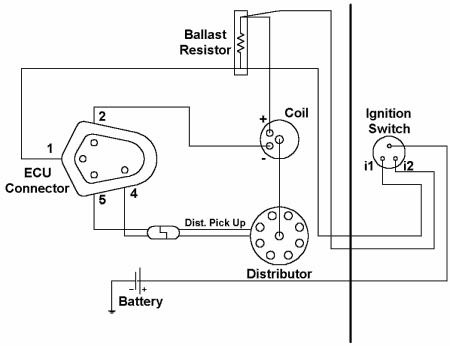I'm going from -55 Studebaker Champion 6v pos. ground to -77 & -89 Mopar 12v neg. ground.
While doing so & following the electrical diagrams (& I've NEVER been good with electrix!) I suddenly wonder:
On the original system there's only one (1) wire from the coil...
But on the new system there's two (2), plus (+) AND minus (-)...
So how to connect?
& I also wonder how to get the ignition-lock out from the dashboard.
While doing so & following the electrical diagrams (& I've NEVER been good with electrix!) I suddenly wonder:
On the original system there's only one (1) wire from the coil...
But on the new system there's two (2), plus (+) AND minus (-)...
So how to connect?
& I also wonder how to get the ignition-lock out from the dashboard.




Comment